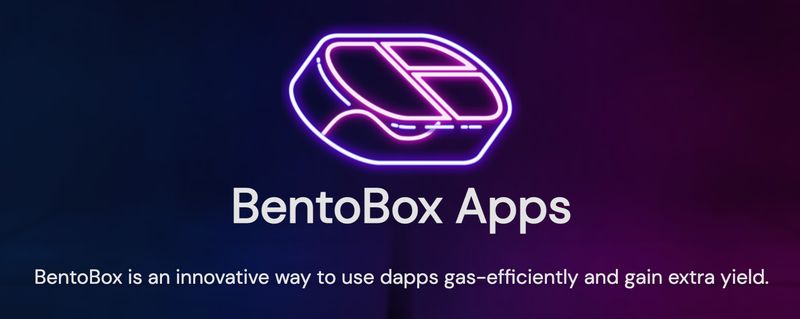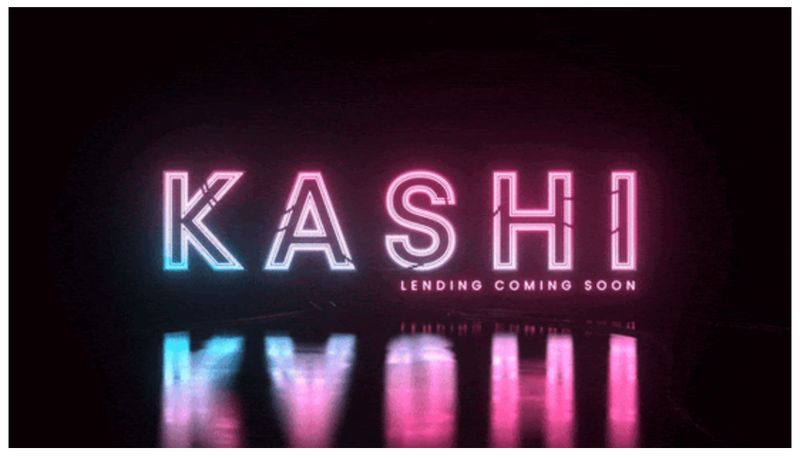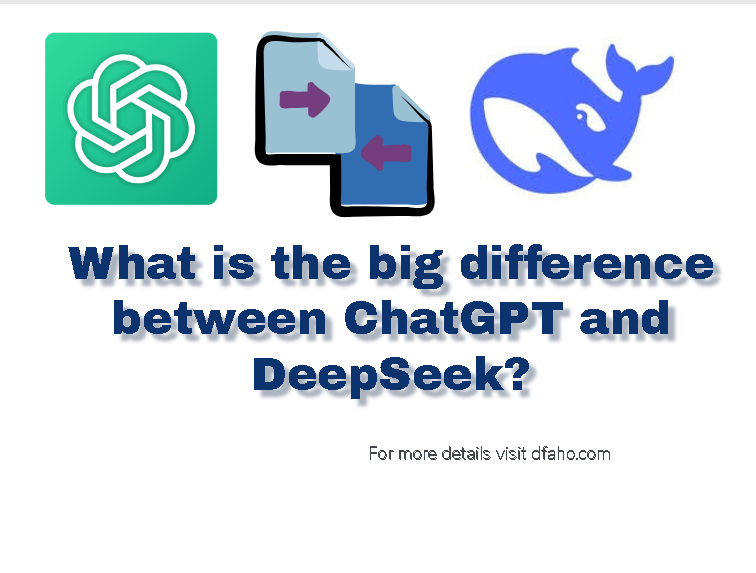Sushiswap: a decentralized exchange built for DeFi
We saw how in the summer of 2020 the DeFi hatched and different really interesting projects began to appear. In the heat of that period of splendor , SushiSwap was born , a decentralized exchange that was initially a copy of Uniswap, but with the passage of time and a great remodeling a few months ago , it has changed so much that it hardly resembles the DEX that it initially copied.
Index of contents
What is SushiSwap

It is a decentralized exchange (DEX) that works under the automated market maker (AMM) mechanism , used by many DEX platforms. SushiSwap is the first decentralized exchange that modifies the mechanisms used so far, using a new incentive scheme . The idea of modifying these mechanisms is to get a media presence and thus attract investors.
The basis for achieving media presence has been developed with the SUSHI token that is used for various solutions within the platform. Among the uses is to offer the capacity of governance to the users of the platform, giving them the ability to vote. Although some of the most interesting for the user is obtaining rewards through yield farming and liquidity mining.
ShushiSwap has achieved that yield farming and liquidity mining have great media coverage and has gained such a presence in the market after its launch. This has allowed this DEX to become one of the most prominent in its segment.
We have to highlight that SushiSwap has been involved in several controversies. It was initially affected by the high centralization of control when it was initially launched and the greed it initially promoted.
Origin of SushiSwap
The creator of this decentralized exchange is Chef Nomi, an anonymous user about whom little is known. Officially Nomi posted on August 24, 2020 the following message on Twitter:
It marks the official release of the DEX SushiSwap, which is based on the WTFPL license . Nomi indicates that this platform is “a project for everyone and not just for the elites.” The idea is that this platform would be very easy to use and thus differentiate itself from other decentralized exchanges.
A launch that has not been without controversy. Many point, with great wisdom, that SushiSwap is nothing more than a copy of Uniswap, but changing the native token of this second DEX, for the native token of the new SUSHI platform.
Controversy in its development
Not a few people noticed that SushiSwap used the Uniswap code , which is freely accessible. This in principle does not have “anything” wrong, but it is not something that the community ends up liking, since what they like is innovation. Chef Nomi explained on Twitter that this was the case, it was not hidden.
SushiSwap is an evolution of Uniswap with SUSHI tokenomics. The SushiSwap protocol better aligns incentives for network participants by introducing network and revenue sharing effects into the existing AMM model
Explains Chaf Nomi
Many detractors relied on the fact that SushiSwap did not offer improvements and classified the project as a “Ponzi Scheme” . Actually this DEX hid some interesting things, something that was not understood at first. What SushiSwap proposes is to encourage investment through the SUSHI token and create a decentralized governance system. This disarmed the initial accusations and helped him differentiate himself from the rest of DEX.
After explaining these differential aspects, the perception about SushiSwap changed and began to receive support. By September 1, the SUSHI token went from nothing to a price of $ 10.3 per token. In addition, the platform went on to have a total price of 1,300 million dollars.
And more controversial
Again the project turned upside down, when Chef Nomi , creator of the DEX, decided to take the funds valued at 14 million dollars and retired . The project Nomi was transferred to the company FTX . As is logical, both movements served the detractors of the platform to attack it. The accusation of scam was resumed. Due to this movement, the price plummeted to $ 1 and the capitalization of the DEX became $ 280 million.
FTX modified the SushiSwap protocol to establish a multi-signature wallet in the development funds. But not only that, Chef Nomi, after emptying the portfolio destined to the development of the DEX, decided to refund the 14 million dollars that he had taken.
Nomi indicates that she no longer has any control over SushiSwap and that what happened would have been “a mistake on her part . ” I take this opportunity to highlight “the development of SushiSwap and its full potential.”
Although all this suggested that the project could have its days numbered, in the end it has not been the case. The community has been very supportive of the platform and it seems that the controversies are far behind. Even Yearn Finance has decided to choose SushiSwap to be natively integrated into their protocol.
What features does SushiSwap have
This decentralized exchange was born in what has been called “DeFi summer” , which is when platforms of this type began to appear. It was born, as we already know, to promote the creation of a liquidity pool in decentralized exchange platforms.
SushiSwap was born on the Ethereum blockchain although it has also been implemented on other blockchains. It is currently integrated into the Binance Smart Chain (BSC) and Polygon . But it is possible that in the future it will also be deployed in other blockchains and / or projects.
Integration in multiple blockchains
For a long time the Ethereum blockchain has been chosen by users to deploy their solutions. But far away is this period of hegemony of this platform. The AMM has been deployed on the BSC, xDAI, Fantom and other blockchains.
This makes SushiSwap a center of liquidity for any type of blockchain. That it has entered Polygon is a positive thing for Ethereum users. The Polygon blockchain is an Ethereum side chain that allows you to expand the capabilities of the blockchain. Something that allows users to go to the Polygon network to perform operations faster and cheaper, and then transfer the tokens back to the Ethereum blockchain
What is BentoBox
It is a mechanism of custody of Sushi, whose name comes from the traditional Japanese container for lunch. BentoBox collects all the funds in the ecosystem and puts them to work within the DeFi ecosystem , which allows for great benefits. All being highly efficient in the use of Gas from the Ethereum blockchain. So anyone who develops a dApp has great liquidity.

What is kashi
It is the first dApp that has been developed on BentoBox and has been created for loans . Saying that Kashi is how you say loan in Japanese. What the dApp offers is that any user can add any token and create a market for different loans and personalized loans . This differentiation within Kashi reduces risks.
Kashi allows the demand for leverage to allow an increase in borrowing. This implies that the interest rate of the lenders can vary according to the demand.

What is MISO
Set of open source smart contracts developed to simplify the launch process of a new project within SushiSwap. The goal of MISO (Minimum Initial Sushi Offering, from its English translation) is to drive capital and commerce, increasing the attractiveness of SushiSwap as a site for token creators and communities to launch new project tokens.
It wants to establish itself as a launching pad for new project developers. These projects may or may not be technical, allowing communities and developers to get to know each other and end with a safe and successful deployment.

What is SushiBar
It is a decentralized platform profit sharing system. Users bet their SUSHI tokens and in return, within SushiBar, they get xSUSHI. A few tokens that represent the positions bet together with the accumulated income obtained from the transaction fees. Those xSUSHI holders get part of the commissions accumulated within the DEX ecosystem.
SushiBar includes the commissions obtained in other blockchains, such as Polygon , BSC and other chains. Holders of xSUSHI also have rights to the governance of the SushiSwap platform. It differs from other DeFi platforms, in that users do not have to ditch SUSHI tokens in order to participate in governance. It allows users to participate in the governance of the platform.
Yield Farming
There are three types of farming on the platform , and therefore, we will get three types of performance. SUSHI is a token that has expanded beyond DEX and mining farms and the demand leverage service (Kashi) has been added. Thus, we have three different types of mechanisms to obtain performance of our tokens, being SushiSwap the only platform that allows it.
The returns that we will obtain according to the mechanism are:
- Liquidity Pool: When a user performs an operation within the DEX SushiSwap, a commission is charged. The 0.25% commission is shared between the liquidity providers. The 0.05% is distributed among everything accumulated by the holders in xSUSHI tokens. Thus, the total commission charged per transaction is 0.3% of the total operation.
- Yield Farming: KMP tokens and SLP tokens generate rewards. These rewards are an optimization of impermanent earnings (returns earned through volume and volatility)
- Loans: We can understand it as an interest rate charged by Kashi’s lenders. Demand for leverage in the markets drives the amount of loans that are made.
What is Shoyu NFT
It is an NFT creation and exchange platform within SushiSwap . This platform called Shoyu (soy sauce in Japanese) offers a new solution within the DEX. Currently, the Shoyu solution has not yet been deployed, but it is expected to be deployed in August.
This development began in the spring, when LevX, one of Sushi’s main developers, proposed that the DEX offer non-fungible tokens (NFTs). The community welcomed the idea and a community member came up with the name Shoyu .
Shoyu will be a “Gas Optimized NFT Trading Platform”. Additionally, it will offer personalized royalty payments, support for social tokens and many other solutions. Shoyu will join BentoBox and Kasha to generate income within the platform, establishing that 2.5% of each transaction goes to xSUSHI holders.
What is Onsen
It is a platform that has been developed to help DeFi projects get started with an injection of liquidity . It allows projects to have the opportunity to initially finance themselves through a SUSHI token. Thus, project developers do not need to create and distribute native tokens to attract users. SushiSwap does it for them. Thus new projects can be presented in Onsen to attract new participants and receive SUSHI.
A win-win system is generated, where new projects get liquidity to start with, and the ecosystem gets additional liquidity. The injection of liquidity reduces the probability of temporary loss. It would be like a kind of crowfounding that helps new projects get started.
What is the SUSHI token
It is an ERC-20 token that has been developed to be used within the SushiSwap platform. This token has been developed for these two reasons:
- Reward users for participation in liquidity pools within the DEX
- Allow users to participate in the governance of the platform
A total of 250 million SUSHI tokens have been issued , of which just over 125 million tokens are currently in circulation. A large part of the tokens issued comes from liquidity mining. This means that the rewards are delivered directly to the liquidity providers for participating in the different pools of the DEX platform.

How SushiSwap works
Because SushiSwap is a copy of Uniswap, its operation does not differ greatly from Uniswap V2. We have to highlight that if there is a big difference between Uniswap V3 and the current version of SushiSwap. The difference has grown even more after the release of SushiSwap V2.
SushiSwap makes use of the AMM mechanism that is based on the X * Y = K curve , which is the most widely used economic mechanism design and is called Constant Product Market Maker (CPMM) . Also indicate that smart contracts are fully deployed on the Ethereum blockchain.
One of the most notable differences is in the reward mechanism. The liquidity for the exchanges within the DEX is made through smart contracts for its Liquidity Pools (LP). An LP is a pair of ERC-20 tokens created by a user. Users can now choose to support this LP, adding their tokens to bring liquidity. In turn, it allows investors to obtain a reward that comes from the usage fees.
Any operation within the LPs of this DEX have a commission of 0.3% per operation. 0.25% of this 0.3% obtained by the commission is distributed among investors and the rest goes to the development fund.
SushiSwap allows you to obtain the reward for offering liquidity in SUSHI and SLP tokens. Some tokens that are delivered to liquidity providers for participation in the pool. Additionally, all commissions received are added.
How the reward is distributed in SUSHI
The distribution of this token is done through what has been called liquidity mining. The SUSHI token is used to add liquidity to specific pools . Now you can deposit tokes in SushiSwap smart contracts, which allow you to obtain a reward in tokens within the platform.
It seeks to obtain a large provision of liquidity, something that is achieved through the SUSHI / ETH pool. Following the launch, voting began to add new additional pools run within the platform.
Initially, a large amount of SUSHI was distributed in a total of 100,000 Ethereum blocks, starting at the 10,750,000 Ethereum block. This does that for the next two weeks (roughly). Something that was used to start the migration to the SushiSwap platform, something that lasted about two weeks (time in which 100,000 blocks were generated.
Is SushiSwap a safe DEX
Its official launch was in September 2020 and since then, to our knowledge, SushiSwap has only been audited once. The PeckShield company audited the code before it was deployed and found no problems.
This initial audit is very good, but it is already valid for us, since the DEX has received important changes. SushiSwap would currently be in the phase of being audited by Quantstamp , which at the time of writing, has not yet completed the audit. Neither the audit company nor DEX itself have published anything about it, despite the fact that it was in December 2020 when the audit began.
Despite the absence of audits, SushiSwap is a secure decentralized exchange. The DEX has been working for almost a year and there are no known cases of hacks . We must remember that the project has a large mass of developers and anyone can see the code, which is publicly accessible.
Yearn Finance and Andre Cronje have positioned it as an important element in DeFi . With all this data, and despite the lack of a more current code audit, there is no doubt that SushiSwap is a very secure platform.
What are the strengths of SushiSwap
This DEX is currently one of the most popular for the following reasons:
- Liquidity: It currently has billions of liquidity within its decentralized exchange platform. It has a huge number of different tokens available to users through liquidity pools. In addition, the commissions encourage the inclusion of liquidity and its high volume of use, means that there is a great interest in adding liquidity, due to the good rewards.
- Multichain: One of the strengths of SushiSwap is that it is currently already operational on the Polygon, Fantom and Binance Smart Chain blockchains. Deploying on other blockchains is something that can give you a differential factor and great potential.
- Development: To remain a leading project, constant development and improvement is necessary, providing new solutions. In 2021 this DEX has partnered with Anyswap, a cross-blockchain DEX and BentoBox, a dApp and a token vault that offers great performance and improves Gas usage. Within BentoBox, the first great solution presented is Kashi, a lending dApp with a novel structure that increases the number of available pairs without compromising security.
SushiSwap vs Uniswap
The decentralized exchange Uniswap is characterized by being open source , its code being available on GitHub. This is not new, as most cryptocurrencies are open source and many smart contracts are as well. But what’s more, many DeFi projects decide to publish the code of their platforms without major problem.
Making the code accessible to anyone allows anyone to read it. It also allows any user to download the code to avoid it and it would be listed.
Ecosystem DeFi has been driven by Uniswap which has implemented very interesting innovators. Although SushiSwap copies many elements such as AMM, it also adds other differential elements. SushiSwap is positioned, therefore, as a great alternative focused on the demands of the community.
The fragmentation of liquidity between protocols is not something that is considered optimal. The problem with decentralized AMM exchanges is that the higher the liquidity, the better rewards are obtained. The disintegration of DeFi’s liquidity divided between different AMM protocols could lead to a dire situation.
Final words about SushiSwap
Although SushiSwap was born as a “simple” copy of Uniswap, it has evolved to add differential elements. Little by little the DEX has evolved towards a much more complete solution with many functionalities. The main idea is to attract users by offering great returns for leveraging tokens. In addition, adding the ability to operate on different blockchains is one of the differential elements in favor of this DEX.
Here we explain what Uniswap is and how it works
As we have seen, there are a myriad of ways to get profitable using this DEX. We stop having the tokens leveraged in our Metamask wallet and without having to risk the tokens, we can obtain benefits. Although the tokens are leveraged in the liquidity pools, the smart contracts established for leverage establish that the tokens are ours at all times. We do not lose ownership of them and we can recover them whenever we want.



